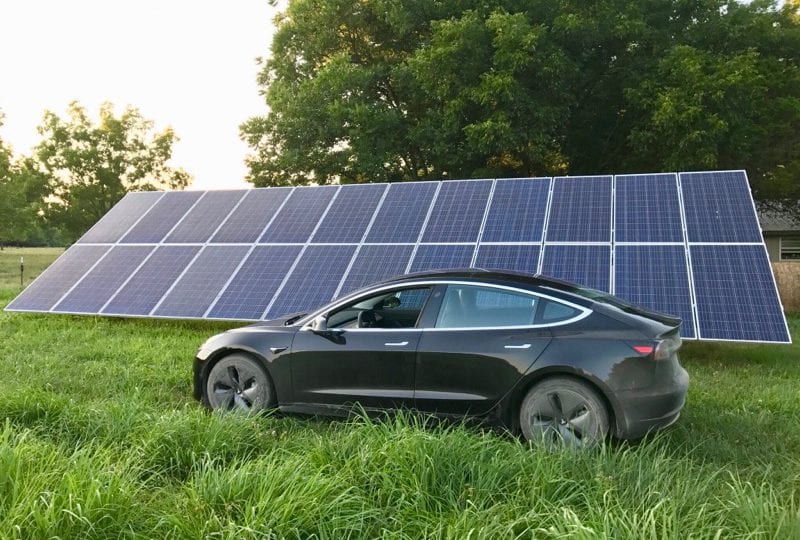Project shows visibility of EVs on network
A project being led by Electralink has discovered that there could be at least 13% more households with electric vehicles and solar panels on Western Power Distribution's network than was previously thought.
20th March 2019 by Networks

The Low Carbon Technologies (LCT) Detection Project, led by ElectraLink in partnership with IBM and funded by Western Power Distribution (WPD), has looked at six years’ of structured and freeform data using advanced analytics and machine learning and has found indications of a combined total of 15,000 previously unknown electric vehicles and solar panels connected to WPD’s local low voltage electricity network.
The latest findings pave the way for the development of proof of concept models that could benefit the energy system going forward. The data reflects that there could be at least 13% more households with EVs and solar panels on WPD’s network than was previously thought.
The project has also revealed valuable insights around energy consumption in general including:
• 25% reduction in domestic electricity usage following solar panel installation
• 5% increase in energy consumption where electric vehicle charge points are installed.
Findings show that the proportion of LCTs connected to the low voltage network is high in rural areas considering the density of the population. They also show that electric vehicles and solar panels are more prevalent in affluent areas while solar panels are also present in areas of high deprivation, possibly due to leasing of social housing roof space for solar panels.
ElectraLink CEO Stuart Lacey said: “We are delighted that the LCT Detection project has been such a success. We have demonstrated real value through innovative use of ElectraLink’s vast and unique dataset in support of smarter, flexible networks as the network operators transition to system operators. We look forward to the next stage in this journey.”
ElectraLink’s energy market dataset combined with WPD’s electric vehicle and photovoltaic data provides visibility of new demand and generation on the network at household level. According to the company, this will support network planning and avoid unnecessary and potentially costly and disruptive reinforcement measures.
Roger Hey, DSO systems and project manager at WPD, said “This project is an example of how data and other intelligence is being used to drive innovation and facilitate the increase of electric vehicles and other low carbon technologies through better visibility. The project has significant implications and benefits for network planners who are using the data.”
Laurence Carpanini from IBM added: “Western Power Distribution is taking a lead in digitalising its network planning capability. This project has proven that intelligent use of data can accelerate the infusion of advanced analytics and machine learning in Western Power Distribution’s business to drive innovation.”
Comments
Login on register to comment
Related content

Power
The future for vegetation management
Why networks should focus on data not trees to overcome the costly challenges involved in vegetation management

Power
An unprecedented opportunity for change
Why short interruptions will matter in RIIO-ED2 and how to address them.

Power
Time for less talk and more action on decarbonisation
Core "oven-ready" solutions to decarbonising heat and transport exist today and should be implemented without delay, says WPD's future power networks expert.
Related supplier content

Power
Load patterns and lockdown: how Covid-19 is impacting electricity networks
Insights into dynamics on the low voltage network as the outbreak unfolds

Downloads
Protect electrical equipment from insulation failure
Insulation faults are a major cause leading to the eventual failure of electrical equipment. Partial discharge (PD) is a very reliable indicator of developing insulation faults. Regular PD testing allows users to detect and analyze PD activity

Heat
How E.ON. is helping the City of London become a zero emissions city
Discover Citigen. Deep in the heart of our bustling capital